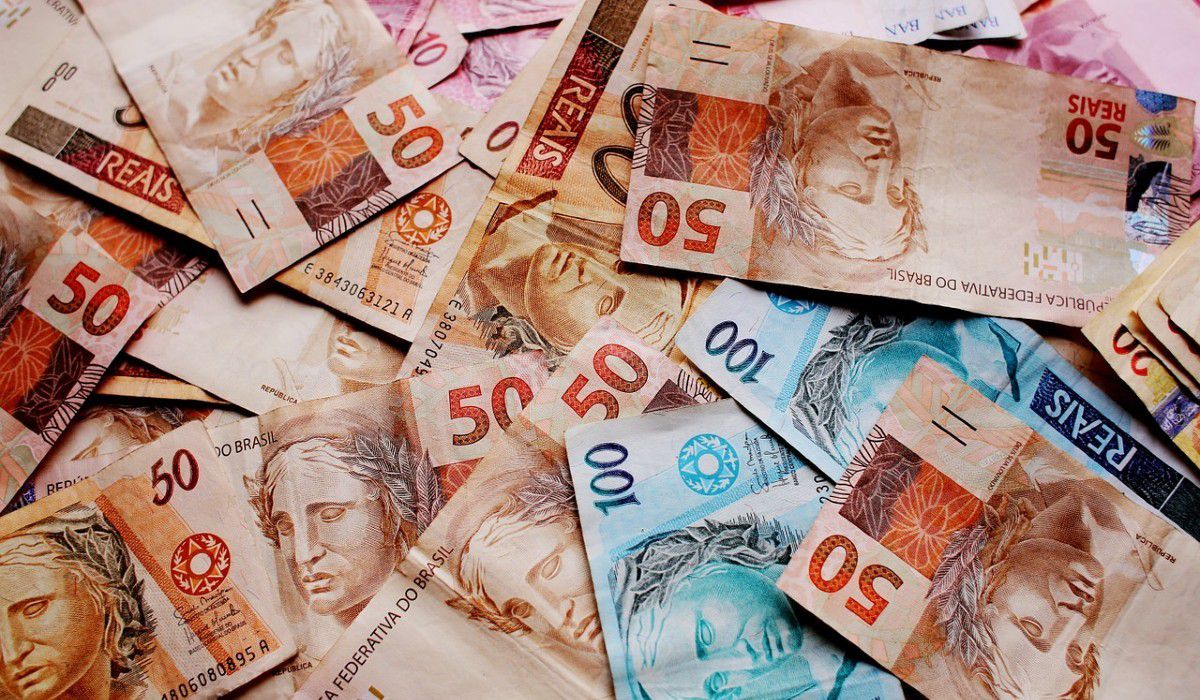RIO DE JANEIRO, BRAZIL – The pocket of Brazilian workers with higher salaries was affected by the crisis triggered by covid-19 and the skyrocketing inflation.
A Folha de S.Paulo survey based on microdata from the Continuous National Household Sample Survey (Pnad Contínua), conducted by the Brazilian Institute of Geography and Statistics (IBGE), shows that since the beginning of the pandemic, the average labor income of the wealthiest 1% group in the country fell 16.4% in real terms.
Before the Covid-19 explosion, in the fourth half of 2019, the average labor income of the wealthiest 1% was R$32,157 (US$6,414) per month. Two years later, with the health crisis already underway, the income fell to R$26,899.
André Salta, a professor at the Catholic University of Rio Grande do Sul (PUC-RS), pointed out to the Folha de S.Paulo: “What explains the loss at the top of the pyramid is inflation. It is generating real losses in salaries.”

Even so, the income of this group is 80.9 times higher (R$26,899) than that of the poorest 10% of professionals (R$332), on average.
The indicator evaluated is the usual average income of each employed person – be it formal or informal. Unemployed people are not included in the calculations. This data does not consider values from investments and social benefits, only resources received from work.
At the base of the pyramid, the income of the poorest 10% of workers in the country increased 2.3% between the fourth quarter of 2019 and the same period in 2021 – from R$324 to R$ 332.
Analysts say that in the year 2020, the arrival of the pandemic has driven out of the market mainly the most vulnerable workers, associated mainly with informality and lower wages.
One of the possible reasons raised why the income of the poorest 10% grew on average after the pandemic began.
The second quarter of 2020 was marked by restrictions on some economic activities and fewer professionals working in the market. In that period, the income of the poorest layer was as much as 16.2% higher, on average, than at the end of 2019.
In the most recent intervals, however, this advance has been getting smaller – it was 2.3% in the fourth quarter of 2021, amid the return of the most vulnerable Brazilians to the occupied population and the advance of inflation.
In the United States, data from the Federal Reserve (U.S. Central Bank) published in 2021 showed that in 2020, 1% of American households (the wealthiest group) dominated 35% of the wealth generated in the country. In the year of the pandemic explosion, the households among the richest 1% increased their wealth by more than US$4 trillion in total.
The financial market is a key player in this net wealth advance. Although stock prices initially plummeted, the pandemic period ended up being very profitable, thanks in part to the unprecedented wave of public stimulus: the S&P 500 index appreciated 16%, the Dow Jones rose 7%, and the Nasdaq technology gained 43%.
The statistics show enormous disparities in American society: the wealthiest 10% of households accumulate 70% of all wealth, while at the beginning of the century, they dominated 62%.
With information from Esfera Brasil

